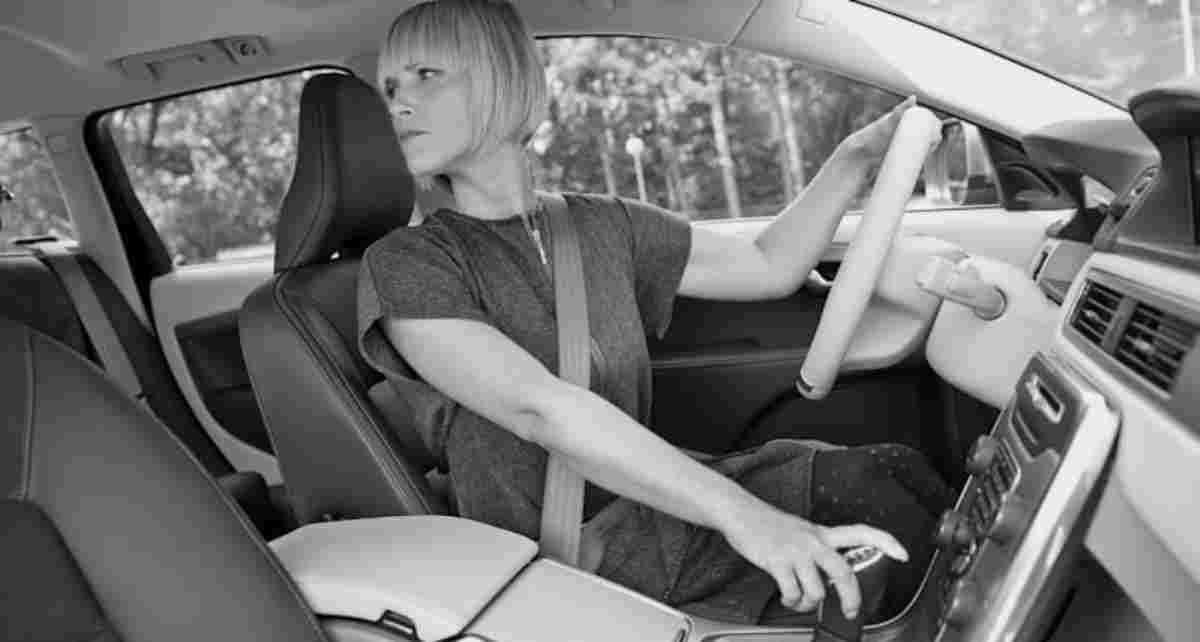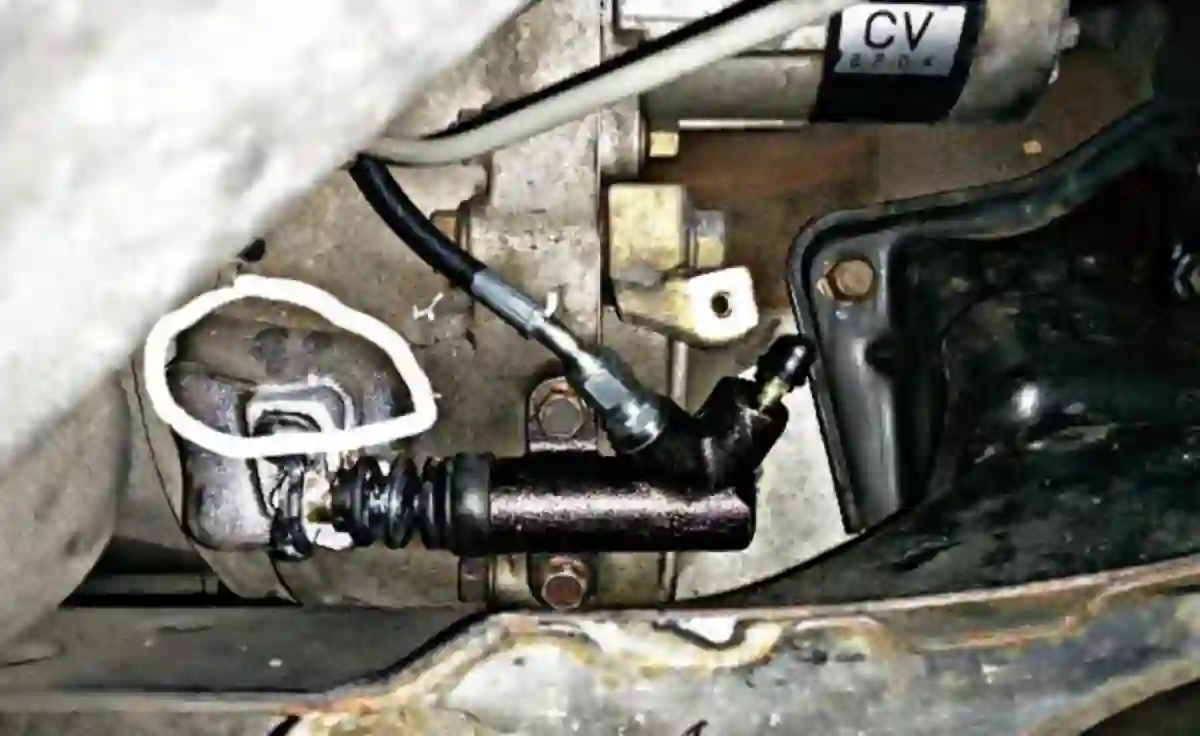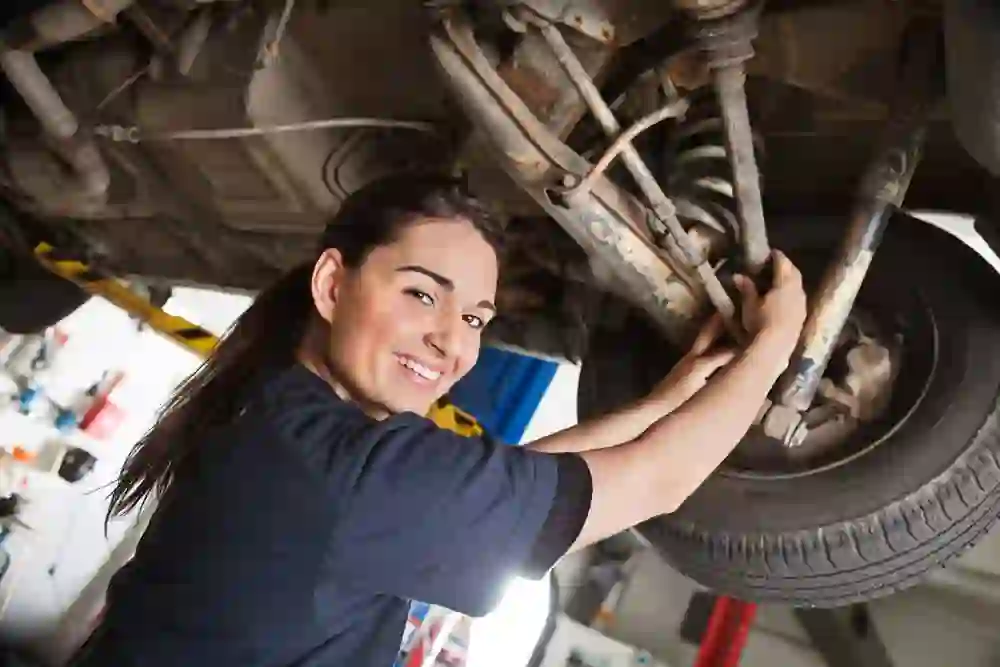This maintenance publication explains why your car won’t reverse but will go forward. This is not an unusual occurrence, and, of course, it can be fixed.
Typically, something is wrong with the transmission system when your car will not go in reverse but goes forward. You would have to get the gearbox to normal, which is as easy as a complete tear-down repair or replacing the transmission fluid.
To fix the problem, this guide addresses common transmission problems and how to fix them to get your vehicle to go in the reverse again. You may be able to resolve the problem yourself but contacting a mechanic is sometimes advisable.

Common Reasons a car won’t reverse but will go forward
If you find yourself experiencing this problem on the road, do not panic. If you have the time on your side, get the vehicle home and consider some of the causes and solutions below:
-
Low transmission fluid
Transmission fluid is responsible for lubricating and cooling your vehicle’s transmission – both on a manual transmission or an automatic. It could also be referred to as hydraulic fluid.
If your car uses an auto transmission, transmission fluid will provide hydraulic pressure, helping the transmission change gears.
Read also: we have solved why brake lights don’t work, though bulb good
An auto trans in a car not going in the reverse is a sign of a low transmission fluid level. You would typically notice that the shift fluctuates or the engine stalls or overheats.
Manual transmission cars will also experience the same problem when the transmission fluid is running low. This is a result of gears not being properly lubricated due to low fluid levels.
Solution
This is a DIY (do it yourself) issue you can fix to get your car to reverse again. First, inspect for low fluid. Just look at the transmission dipstick.
The owner’s manual will guide you if you are not sure about how it works or the location.
Check transmission fluid while the engine is hot, and ensure that the transmission is neutral. Enable the parking brake and watch for moving components in the hood.
You may be tempted to top the transmission fluid to save cost but the ideal solution is to replace the remaining fluid, including the filter, to get rid of any contamination and prolong the transmission.
Use this opportunity to inspect for transmission fluid puddles on the ground to determine if there is a leak. If you notice a leak, you may have a bad gasket, which should be replaced.
-
Failing transmission selector sensor
The duty of the transmission position sensors is to allow you and the vehicle computer to know the gear your vehicle is in.
When you shift into reverse, the drivetrain control module is signaled by a sensor to activate the reverse gear.
Read also: when sensor codes keep returning…
As such, if the sensor is faulty, it is the reason your car won’t reverse but will go forward. Consider checking for the check engine light in the instrument cluster.
How to fix
First, verify if the transmission selector switch is bad by inspecting the diagnostic codes of your vehicle. This may require professionals to resolve.
-
Dirty transmission fluid
Transmission fluid in a vehicle lubricates and cools the transmission on both manual and automatic transmissions.
If the fluid is dirty, the filter is likely to clog, causing transmission troubles. For this reason, your vehicle will not go in reverse, even though it drives forward.
Wrong lubrication from debris or older fluid can contaminate the fluid, affecting how the transmission shifts into reverse or other gears.
Corrosion can be a major cause of dirty fluid. In this case, a faulty gasket is allowing external contaminants in the fluid. It could also be that the fluid itself is breaking down, forming a sludge. Cars with auto transmission will not experience this problem.
Read also: when a car is down but not up, do this…
How to fix
You can fix this problem by draining the dirty fluid and refilling the transmission with the automaker’s recommended fluid and fluid level. Refer to the owner’s manual to know what fluid or filter is suitable for your car. Your local mechanic may also be a good source of information.
-
Damaged shifter mechanism
The gear-shift mechanism shifts gears and is typically located in the gearbox cover and driven by a rocker lever.
This is present in a manual transmission vehicle. If the gear shifter will not go into reverse or is hard to move, this could be a problem with the shifter linkage, a cable connecting the gear selector to the transmission.
How to fix
This fix will require a mechanic experienced with transmission repair. Nonetheless, replacing or repairing the shifter linkage is a relatively minor fix, compared to other transmission problems.
-
Faulty reverse gear
The reverse gear helps your car roll backward without having to be pushed on a manual transmission.
This is unheard of on an automatic vehicle. Nonetheless, a faulty reverse gear occurs when you shift a manual transmission incorrectly.
The gears may gnash, causing the teeth on the reverse or forward gears to get damaged.
How to fix
Fixing the damaged reverse gear is the solution to get your car to reverse again. The transmission needs to be removed and disassembled, which requires the experience of a mechanic to get the replacement done.
-
Malfunctioning lockout ring
The reverse lockout solenoid is activated by the reverse lockout function above a set road speed to ensure that the transmission does not go in the reverse when traveling forwards beyond the set speed.
The point of a lockout ring is to keep you from accidentally shifting into reverse while the car is moving forward, which can destroy the transmission.
Read also: flashing check engine and shaking car: what’s happening?
As such, if the lockout ring is broken, it causes a car not to reverse, although it can go forward.
How to fix
The solution is to repair the lockout ring on your manual trans vehicle if you notice it is defective. A professional is in the best position to complete this repair.
-
Faulty clutch
The clutch is a mechanical device that sits between the engine and transmission. Its responsibility is to transfer the rotational power of the engine to the transmission and to the driven wheels.
When you engage the clutch, it separates the engine from the transmission, which disconnects the power flow. If the clutch is bad, your car won’t reverse but will go forward without a problem.
How to fix
Try to pump the clutch for some time to build pressure if the shift will not move to reverse in your manual transmission car.
If this does not work, turn off your engine and shift through gears and the reverse as well. If the reverse engages in the manner, have the mechanic work on the clutch.
Conclusion
You may need an auto repair shop that comes to you, suppose you are busy at work. If you do not want to employ towing service or are afraid to drive the car in this condition, a mobile mechanic should be ideal.
When the mechanic arrives, they will have the car diagnosed to detect the exact problem. This is a more time-saving solution to get your vehicle reversing again, rather than going forward only.


![Car Won’t Accelerate When You Push Gas Pedal [Causes & Fix] Car Won’t Accelerate When You Push Gas Pedal [Causes & Fix]](https://sanedriver.org/wp-content/uploads/2022/05/PicsArt_05-14-08.15.42.jpg)